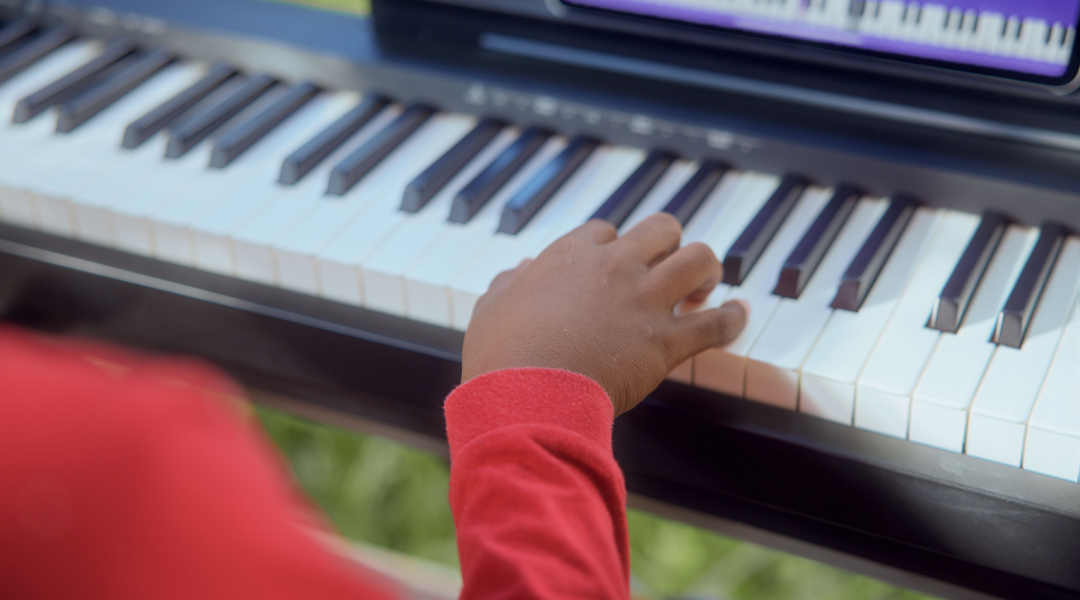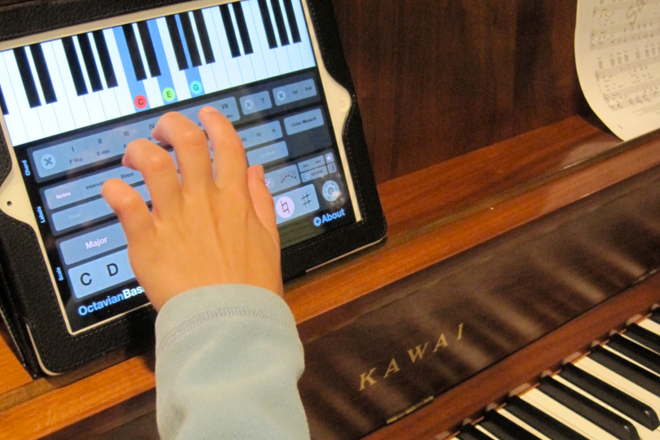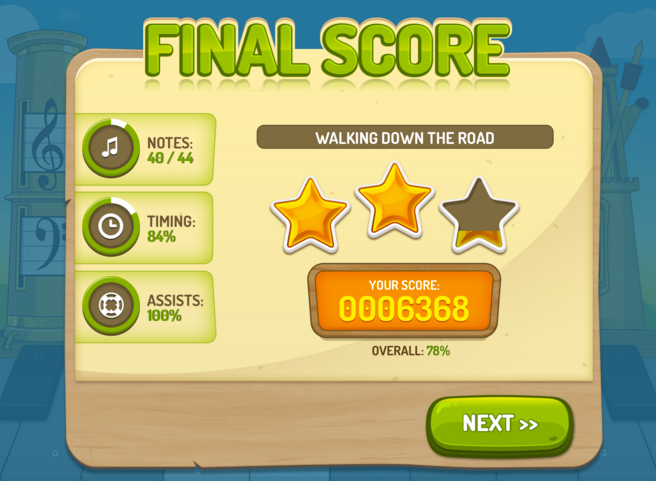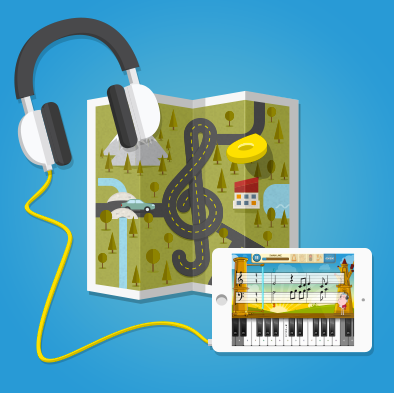How to Read Sheet Music 101
Learning to play the piano can be fun, exhilarating, and pretty overwhelming from the start. If you’ve started piano lessons for beginners and feel like you’re reading Chinese, you’re not alone when figuring out how to reach sheet music.
This post will focus on the geography of basic sheet music to give you a better understanding of what all those lines, squiggles, and dots are trying to say.
Staves & Clefs
The first thing you’ll notice when you look at piano sheet music are lines in the background of the more confusing notes and symbols. These lines are called the staff or staves, and where the notes and symbols are placed on these lines will determine their pitch or function within the musical piece.
The symbol on the left-most side of the staff is called the clef, and it indicates the pitch of all the notes that will be placed on the lines to follow. There are three types of clef that you’ll find during your piano classes: F, C, and G. G is the curving “G” type symbol that many are familiar with. F is the backward “C” curve with two dots. C is an unusual “B” type character that many won’t ever see throughout their entire musical career. Treble clefs denote higher notes, while bass clefs signify lower ones.

Piano basics: learning what clefs and staves are
Key Signature
The key signature is the set of sharps and flats written out on the staff. These symbols tell a player which key they’re playing in. You’ll then stay in this key until the next key signature appears.
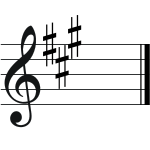
Sharps & Flats
Sharps and flats are the symbols that tell a piano player to raise or lower the pitch of the presented note. The sharp symbol is the hash sign (#) and tells you to go one pitch higher. The flat symbol is a lowercase italicized “b” and tells you to go one pitch lower. Sharps and flats usually end up being the black keys a half step up or down from the regular note.
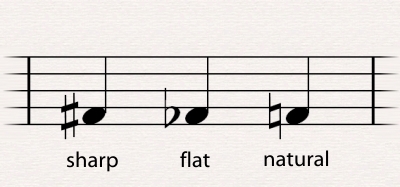
ThIs is how you can tell what a sharp, flat, or natural is.
Bars & Repeat Signs
The bars are the lines at the end of a measure. If there are four beats to a measure, there will be a bar after four beats. Don’t confuse these with repeat signs which are bars accompanied by two dots and instruct a player to repeat the measure or set.
Sometimes a piece will have multiple endings that should be played one after the other. In this case, you would find a repeat sign at the end of the first ending, and then you would play the second ending after repeating the first half of the song.

Piano Sheet Music Glossary
Here are a few terms that’ll help you start to make sense of the piano classes you’re trying to master and will help while trying to figure out how to read sheet music:
- Adagio: Slow
- Allegro: Lively or fast
- Beat: The rhythm of the musical piece
- Bridge: Transitional passage
- Forte: Strong, powerful music
- Leggiero: Lightly
- Measure: One complete cycle of the time signature of a piece
- Meter: The pattern of the rhythm, represented as a fraction after the clef on the staff
- Notes: The size, shape, and shading of a note that implies how long and which note you need to play
- Piano: Gently
- Rest signs: Indicates when to take a break – there are whole, half, quarter, eighth, and sixteenth rests that tell you how long to take a rest during the set
- Tempo: The overall speed of the musical piece
- Time signature: How many beats are in each bar of music – the top and bottom numbers of the fraction mentioned in the meter
These are the basic terms and parts of the sheet music that you need to know.
Now what are you waiting for? Get out that music and learn to play piano like a pro!






